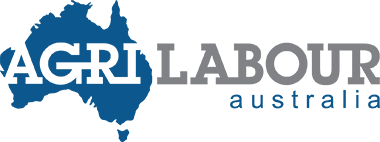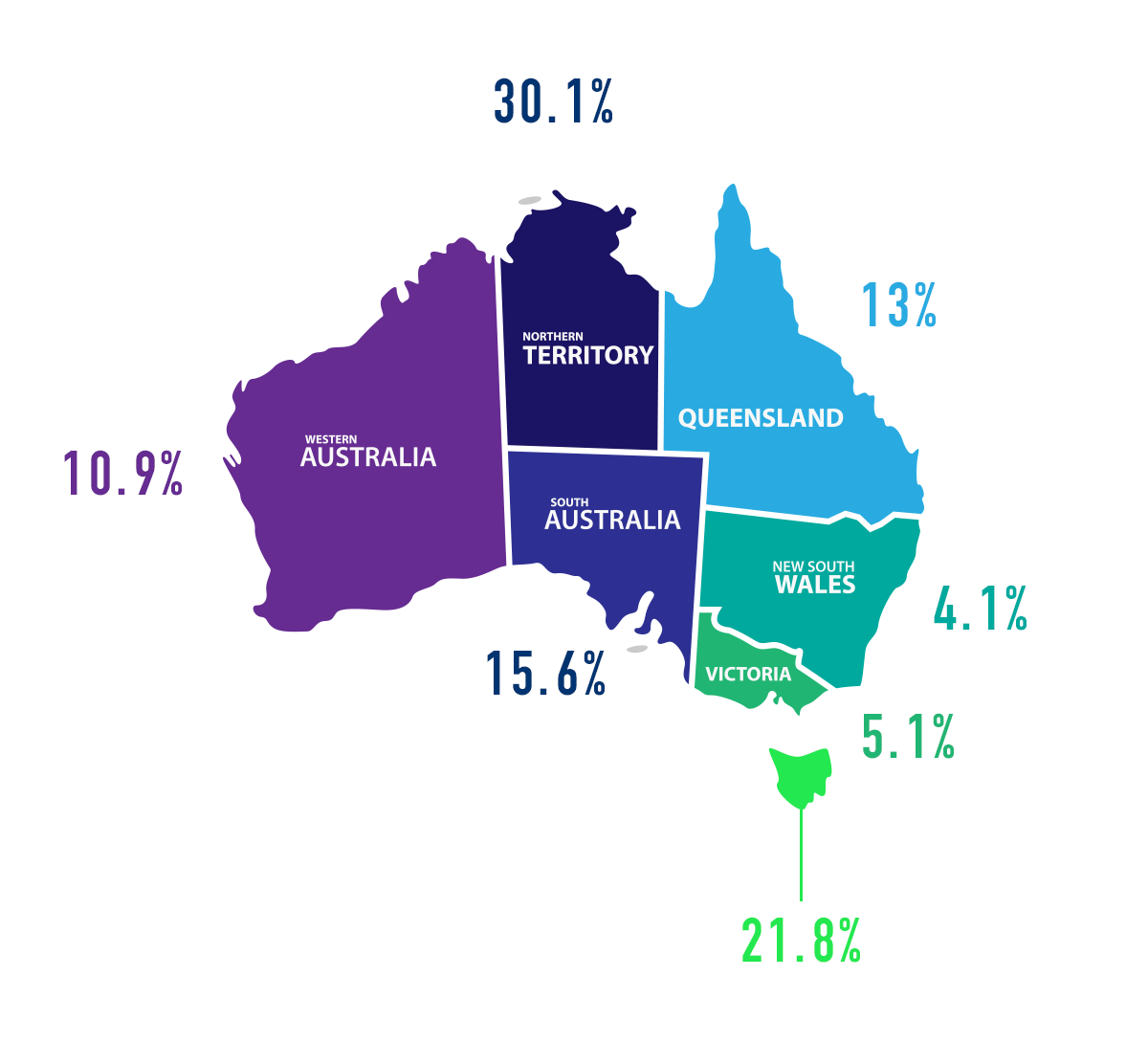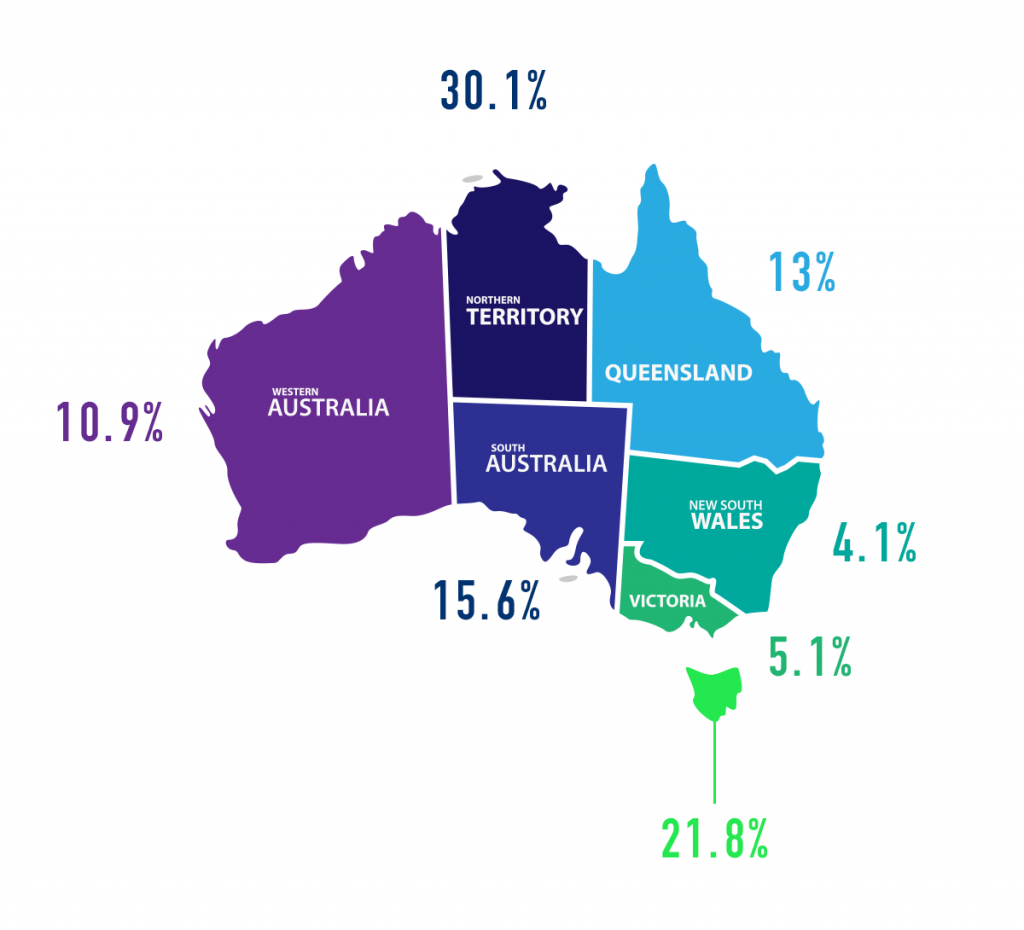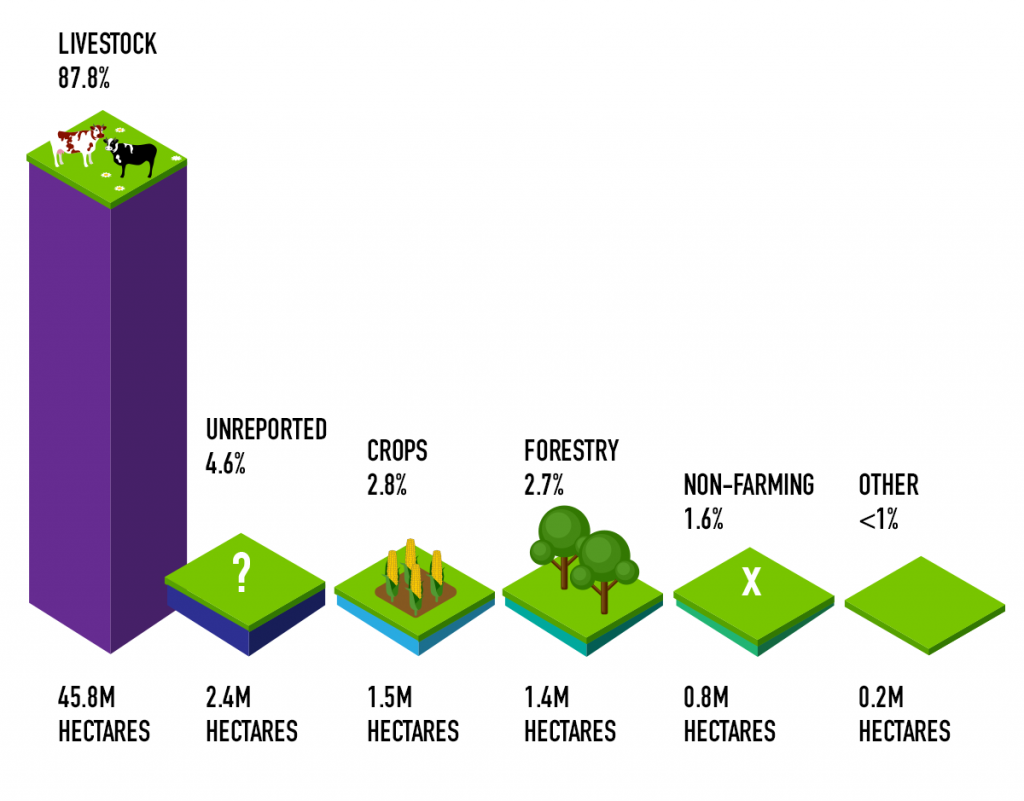The highly politicised, emotionally charged concept of ‘Big foreign conglomerates buying up our land and putting Aussie farmers out of business’ is certainly nothing new – but is it true? For many years, the reality has been somewhat obscured.
Depending on which political party is dominating the conversation, the stats and facts tend to be presented differently.
As far as the general public goes, we really didn’t know who owned Australia’s agricultural land. We knew that some land was controlled by ‘foreign’ interests, but their origin and purpose was unclear.
Between July 2015 and June 2016, the ATO compiled the first Register of Foreign Ownership of Agricultural Land. While authorities are unable to disclose personal details and identities of owners, they can tell us about nationalities. Here’s a region-by-region breakdown:
What proportion of land is held by foreign interests?
As you can see, the percentage varies substantially depending on where you are in Australia.
The figures are relatively high in sparsely-populated areas such as The Northern Territory and Tasmania, and comparatively low in New South Wales and Victoria.
Where are the foreign owners from?
Here is a visual representation of the Top 10 foreign owners by country. At a glance, it’s clear that UK foreign interests are by far the most prevalent, followed distantly by the USA, the Netherlands, Singapore, China and others. This may come as a surprise to some, but there you have it. We didn’t realise Jersey was a major player!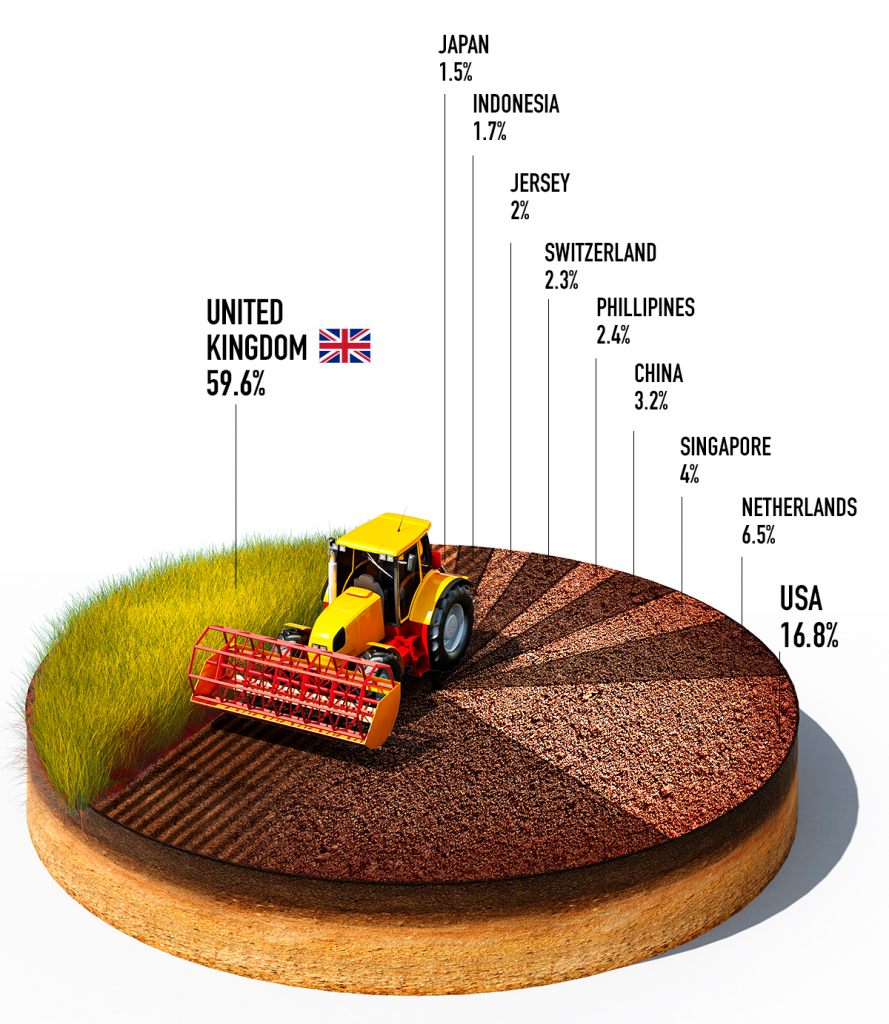
What are they using the land for?
In regards to what this foreign-owned land is producing, for the vast majority, the answer is livestock. Crops and forestry are other recorded purposed.
